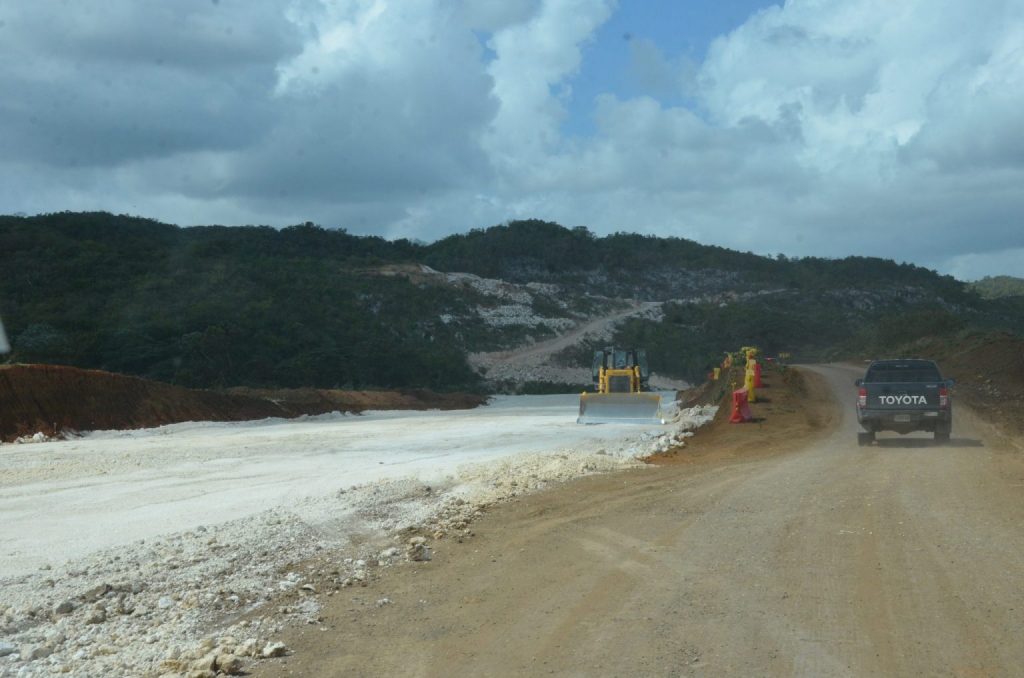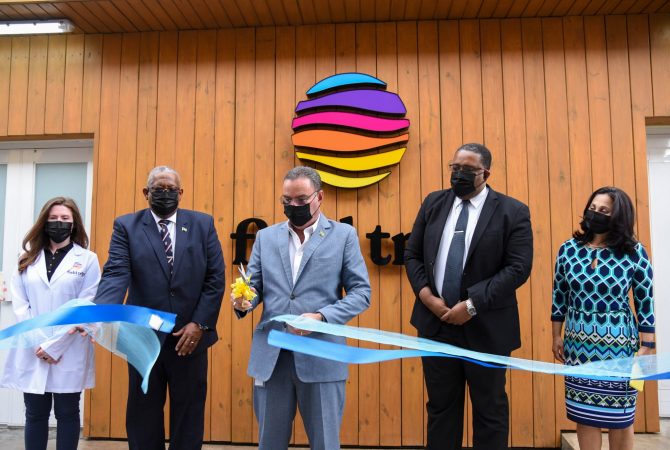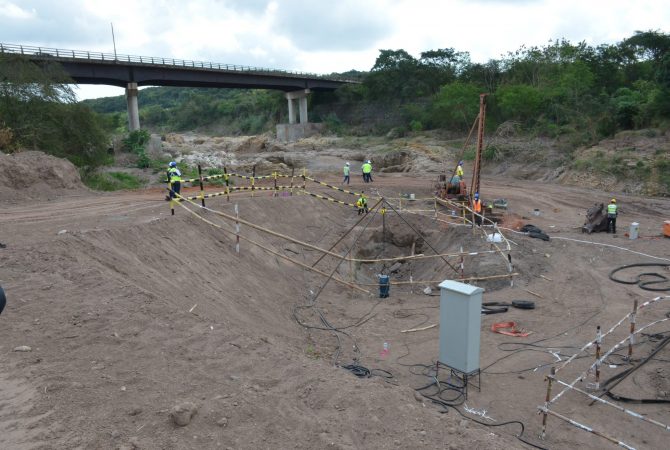
NROCC Maintains High Level Of Quality Assurance In Construction Of Highway 2000
The National Road Operating and Constructing Company (NROCC) maintains a high level of quality assurance as it continues to oversee the building of Highway 2000, providing oversight for the rigorous certification process in the construction of tolled highways. Senior Manager for Technical Services at NROCC, George Nicholson, tells JIS News that this is a part of the mechanism that the company uses to ensure continued high standards in the construction of the road. “One of the key components for us is the quality of the product that is going to be put on the ground, particularly because it’s a continuation of an existing highway and we’d want to ensure that the experience that users have on one section of the highway is the same as the new section that we’re building now,” he explains. “In that regard, the contractor is required to have a fairly rigorous certification process,” he adds. Mr. Nicholson points out that different components of ISO 9001 certification are required for testing and for material laboratories, and that all materials used must also meet the American Association of State Highway and Transport Officials (ASHTO) requirements. “The contractor is now in the process of getting all materials laboratory- certified to ISO:9001standard by the Bureau of Standards, Jamaica, and he’ll be using independent auditors to ensure that he’s certified to ASHTO, since that capacity doesn’t exist in the country; so he’ll have to bring those auditors in,” Mr. Nicholson further explains. He says that a large amount of fill or embankment is now being placed, “so the very important part is ensuring that the fill upon which the road structure itself is going to be placed, meets the requirements for density”. To that end, he notes that nuclear densometer (soil density gauge) testing is currently being done and explains the process. “We bore a hole about a foot and a half into the embankment and a nuclear gauge is placed down inside there and we measure the radiation to see that we have met the Proctor results. We’re supposed to get about a minimum of 95 per cent of our Proctor reading in the hole,” he notes. The Proctor Compaction Test establishes the maximum unit weight that a particular type of soil can be compacted to, using a controlled compactive force at an optimum water content. Mr. Nicholson explains that the contractor, in doing that testing, has to do a randomised testing plan, “so you can’t just test where you know that the roller was last, but you have to do a random testing where a grid is placed and there’s a random number generated that tells you where you must go to do the testing, within a certain space”. He points out that even before that fill is placed and rolled, the quality of the fill itself has to be tested to ensure that it meets the standard before the rolling begins, adding that this series of soil testing is for quality and density. The Senior Technical Manager adds that the quality assurance tests are also done on the placement of asphalt. “The contractor will have to ensure that the asphalt tests are completed the way they are supposed to be completed according to ASHTO,” he emphasises. Mr. Nicholson further explains that the three bridges and 13 other structures that are being built (on the May Pen to Williamsfield highway) will be carrying the weight of the road, so concrete testing is very important. “The contractor is going to be doing slump testing to see how runny the concrete that they are placing is… does it meet the standards for placeability and crush tests,” he says. Two laboratories have been established to facilitate testing, one at the Milk River campsite and the main lab located at Ferry. Mr. Nicholson advises that both labs and all technicians in the lab have to be certified. “So, we maintain a very rigorous oversight of their testing process. At our level, NROCC maintains quality assurance more so than anything else, so we want to be assured at the end of the day that the testing that they say they have done meets our audit requirements to show that they have met the ISO requirements,” he says. The Senior Technical Manager points out that NROCC also does a review of the design. “The design takes place in three different components – the design which was finished last year, the design for approval and the detailed design,” he explains. “Now the detailed design, of course, will come in different packages. So, we’ve finished the detailed design for the bridges, which is why the bridges are now being constructed,” Mr. Nicholson says. He notes that the detailed design for embankment fill has been finished and that the contractor is now being monitored as the final designs are completed. For his part, NROCC Environmental Manager, Errol Mortley, points out that the highway project requires an Environmental Permit, which was secured in 2017, and that the process involves monitoring at various levels. “On the high level we have the National Environment and Planning Agency, which has overall responsibility for environmental management and regulations. They have oversight of the environmental issues on the site,” he says. “On the second level we have NROCC, the engineer/employer, who has to ensure that the permit requirements are maintained and that there is full compliance by the activities of the contractor,” he adds. Mr. Mortley points out that on the third level, the contractor employs environmental health and safety officers to ensure that their activities meet all the regulations and, as such, there is a rigorous system of monitoring and managing of the site to ensure that. not only the environmental issues but also safety issues are maintained. The May Pen to Williamsfield leg of Highway 2000 is currently being constructed under the Southern Coastal Highway Improvement Project.












